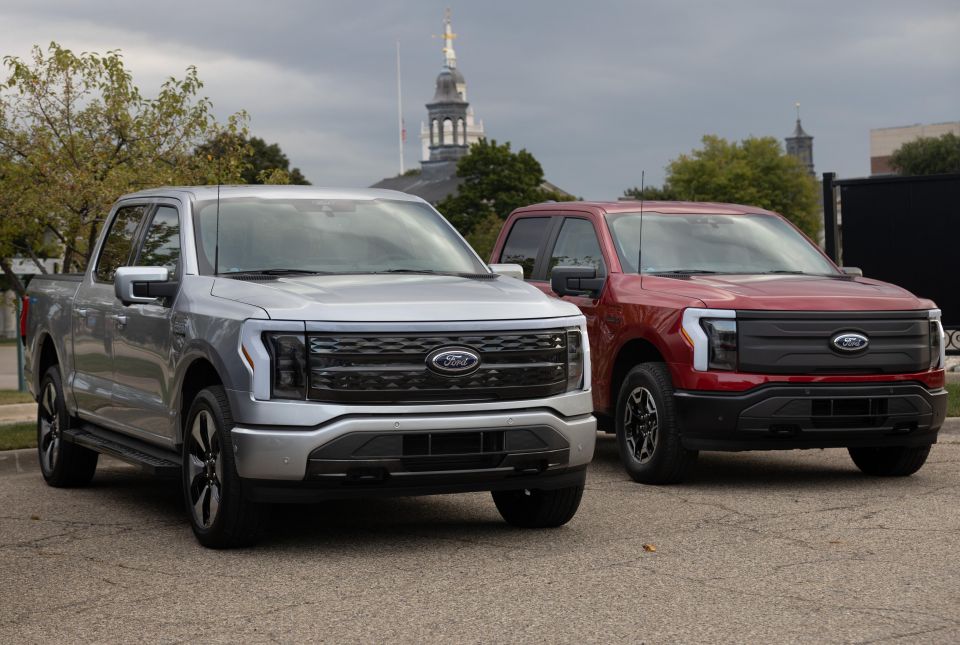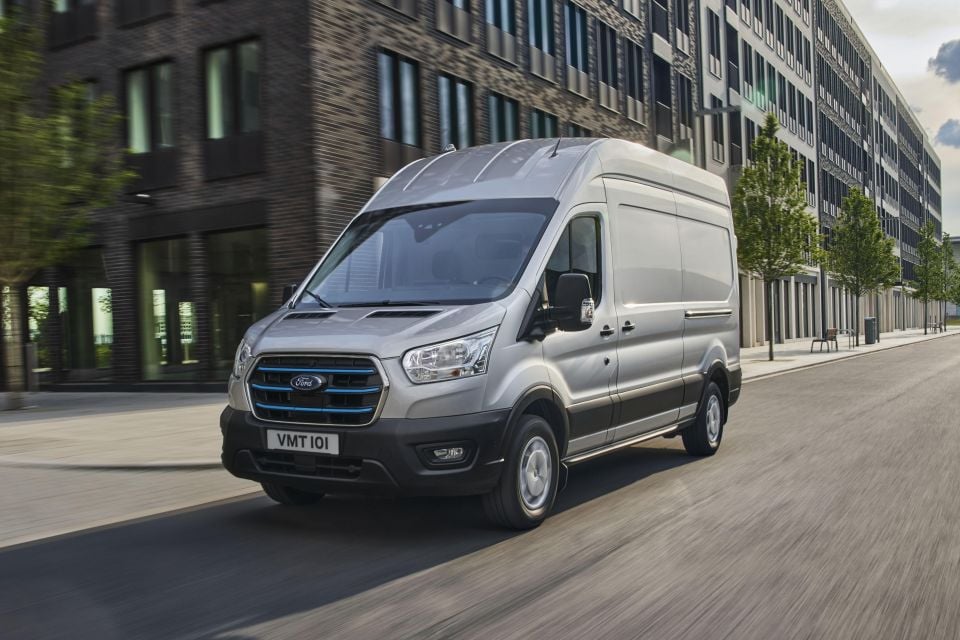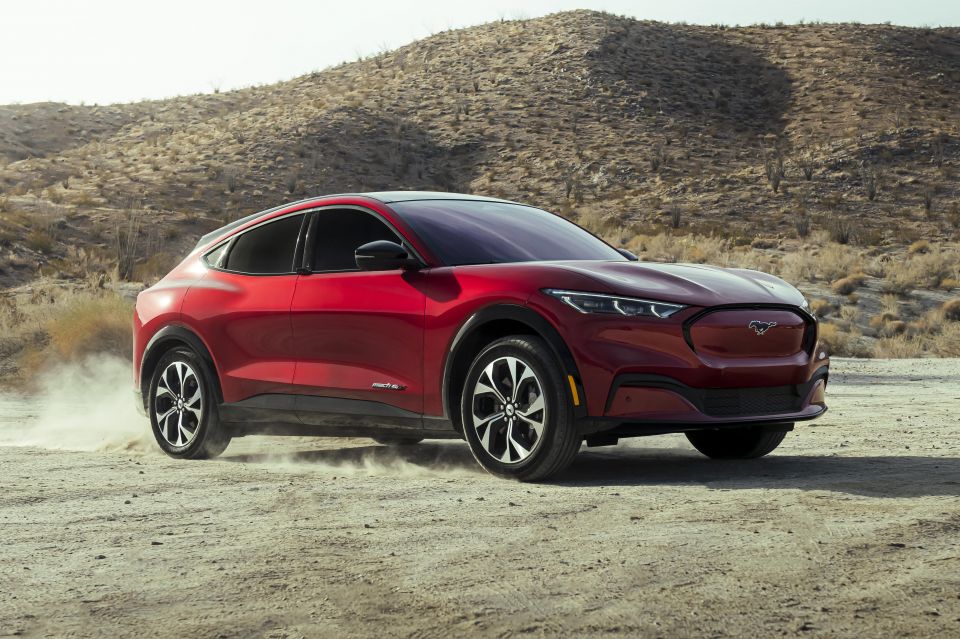

James Wong
2026 Audi SQ5 review: Quick drive
6 Days Ago

Contributor
Ford Motor Company announced on Thursday it expects to lose US$3 billion (A$4.49 billion) before taxes in its electric vehicle (EV) business this year, an increase from the US$2 billion (A$3 billion) loss it experienced in 2022.
The company has dropped its region-based financial reporting and instead reported results under the three business units it established with its reorganisation last year: Ford Blue (combustion and hybrid vehicles), Ford Model e (EVs), and Ford Pro (commercial products and services).
Despite the losses in the EV sector, Ford reassured investors that it’s still on track for earnings of US$9 billion (A$13.5 billion) to US$11 billion (A$16.5 billion) before taxes.
The company still expects that the production costs versus revenue of its first-generation EVs will break even this year.

The loss in the EV arm will come predominantly from significant investments in Ford’s EV manufacturing capability such as its newly built production sites in Kentucky and Tennessee.
Ford’s investment in three EV and battery production plants is expected to cost the company around US$11.4 billion (A$15.7 billion) and create around 11,000 jobs.
Additionally, Ford will continue to invest in battery technology, offering EVs powered by both nickel cobalt manganese (NMC) and lithium iron phosphate (LFP) batteries.
Currently, the business from Ford’s combustion engine vehicles is funding the transition to electric vehicles.

Ford Blue is still expected to earn about US$7 billion (A$10.46bn) this year, marginally improving on last year, while Ford Pro is expected to bring in US$6 billion (A$8.98bn), nearly double the previous year’s earnings.
Ford says its Ford Pro unit’s jump in earnings is thanks to the new Super Duty line of pickups and its E-Transit van.
“Ford Blue and Ford Pro are both solidly profitable today and well-positioned for growth,” CFO John Lawler said.
As reported by Automotive News Europe, Mr Lawler told reporters that short-term EV losses are to be expected.

“Ford Model e is an EV startup within Ford, as everyone knows, EV startups lose money while they invest in capabilities, develop knowledge, build volume and gain share,” he said.
Ford’s EV plans include a global production goal of 600,000 units by the end of this year and two million by the end of 2026.
The company says it anticipates 40 to 50 per cent of its vehicle fleet will be electric by 2030.
The electric Ford models making their way to Australia include the Mustang Mach-E, expected to reach Australia in 2024, and the E-Transit van which was originally set to launch in October 2022 but was delayed until this year.
Where expert car reviews meet expert car buying – CarExpert gives you trusted advice, personalised service and real savings on your next new car.


James Wong
6 Days Ago


Max Davies
5 Days Ago


Josh Nevett
3 Days Ago


Max Davies
3 Days Ago


Max Davies
2 Days Ago


Derek Fung
2 Days Ago